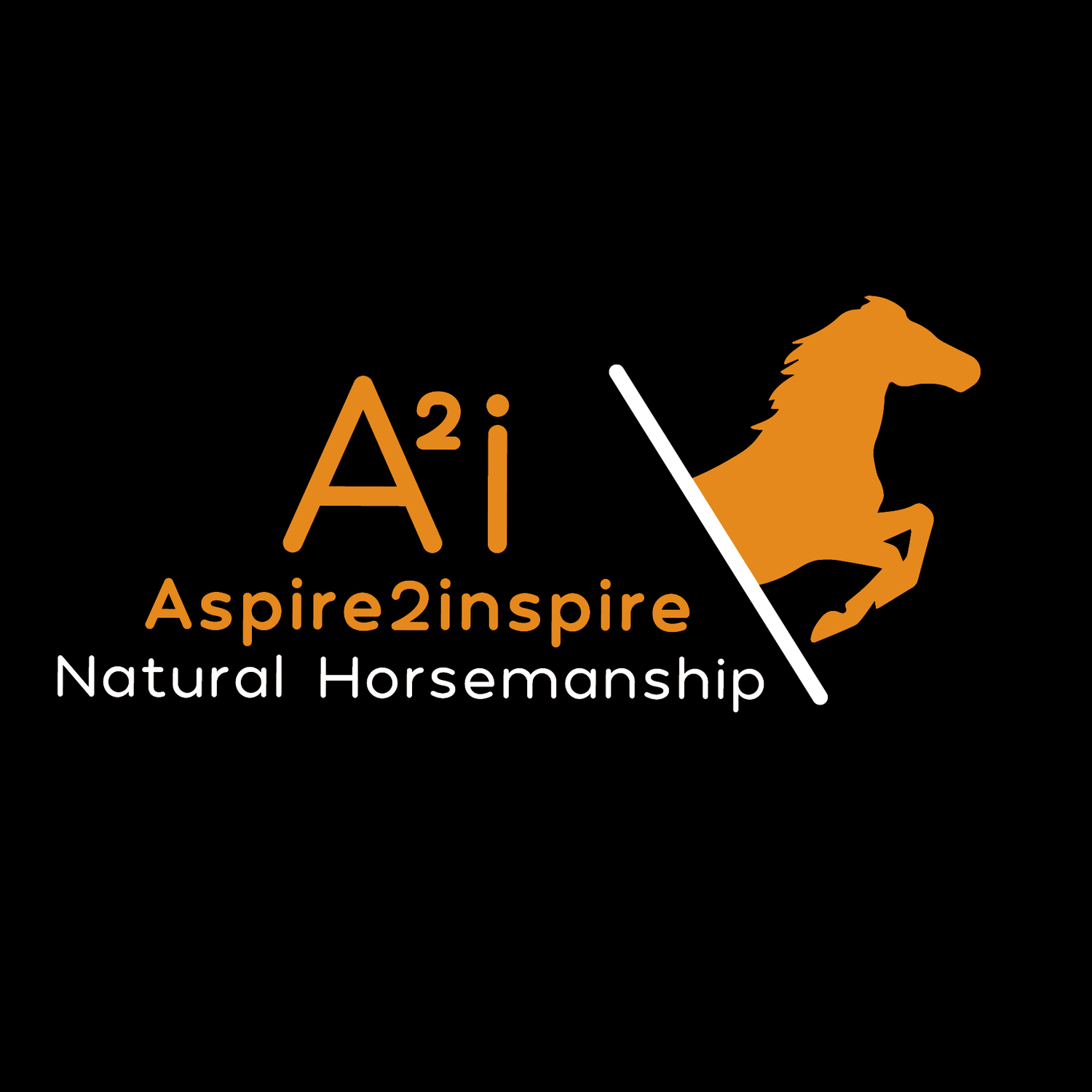The Quest for Self-Carriage
Ah, the noble steed! That majestic creature we mount in hopes of feeling like gallant knights or graceful equestrians. But alas, dear riders, the journey to self-carriage is fraught with peril! Imagine, if you will, the joy of riding a horse that carries itself like a seasoned performer, leaving you feeling as comfortable as if you were snuggled on your favourite sofa. Contrast this with the horror of a horse that insists on feeling like a narrow bicycle saddle, making your ride feel less like an adventure and more like a trip to the colonoscopy department.
The Misconception of Self-Carriage: It’s All in the Outline, Right?
Now, let’s tackle the myth that has plagued riders since time immemorial: the idea that a horse’s outline—yes, that ever-so-crucial head position—is the Holy Grail of self-carriage. “Look at that horse!” we exclaim with stars in our eyes. “It’s dropped its head! It must be self-carrying!” But hold your horses!!!! Just because your four-legged friend is showing off a lovely head position doesn’t mean it’s not secretly engaging in some complex gymnastics of the neck while neglecting its core muscles.
Let’s be honest: many a horse can achieve a fabulous outline simply by responding to your aids, much like a well-trained dog performing tricks for treats. But true self-carriage? Now that requires real core strength, not just a showy pose to impress the judges at the local show.
Benefits for the Horse: The Struggle is Real
Posture Perks: Sure, a self-carrying horse has better posture, which helps it avoid long-term pain. But let’s be real—if you’re slouching around like a lazy teenager, you’re probably not winning any prizes in the horse world.
Strength Training: While people flock to gyms to build muscles, horses do their own version of CrossFit when they learn to self-carry. Goodbye, equine muffin tops!
Confidence Boost: A horse that can balance itself feels like a rock star at a concert—strutting its stuff and wowing the crowd. And who wouldn’t want to be that confident horse?
Benefits for the Rider: Comfort is Key
Sofa vs. Saddle: Riding a self-carrying horse is akin to lounging on a plush sofa, while riding a horse that can’t balance feels like being wedged between two overstuffed cushions—unpleasant, to say the least.
Clear Communication: When your horse carries itself, it’s like having a well-trained partner in a dance. But if it’s relying on your reins for support, get ready for a clumsy tango.
Performance Perks: A horse that carries itself means you can achieve glorious feats of horsemanship. You may even start believing you’re the next equestrian superstar—until your horse decides to drop the ball and refuses to cooperate.
The Hilarious Journey of Teaching Self-Carriage
Teaching a horse to self-carry requires dedication and creativity. Forget about quick fixes; we’re talking about serious training sessions!
Transition Work: You’ll be transitioning from slow to fast and back again, making your horse feel like it’s training for the Olympics.
Pole Work: Because who wouldn’t want their horse to navigate a minefield of poles while trying not to trip over its own feet? Talk about a confidence builder!
Lateral Movements: Think of it as yoga for horses, stretching and bending in all the right places.
In the end, teaching a horse to self-carry is an epic quest, full of ups, downs, and unexpected plot twists. But remember, dear riders: while your horse may not always look like a perfectly sculpted statue, the journey towards self-carrying glory is what truly matters. Remember you should love sitting on a Sofa not a saddle!!!
